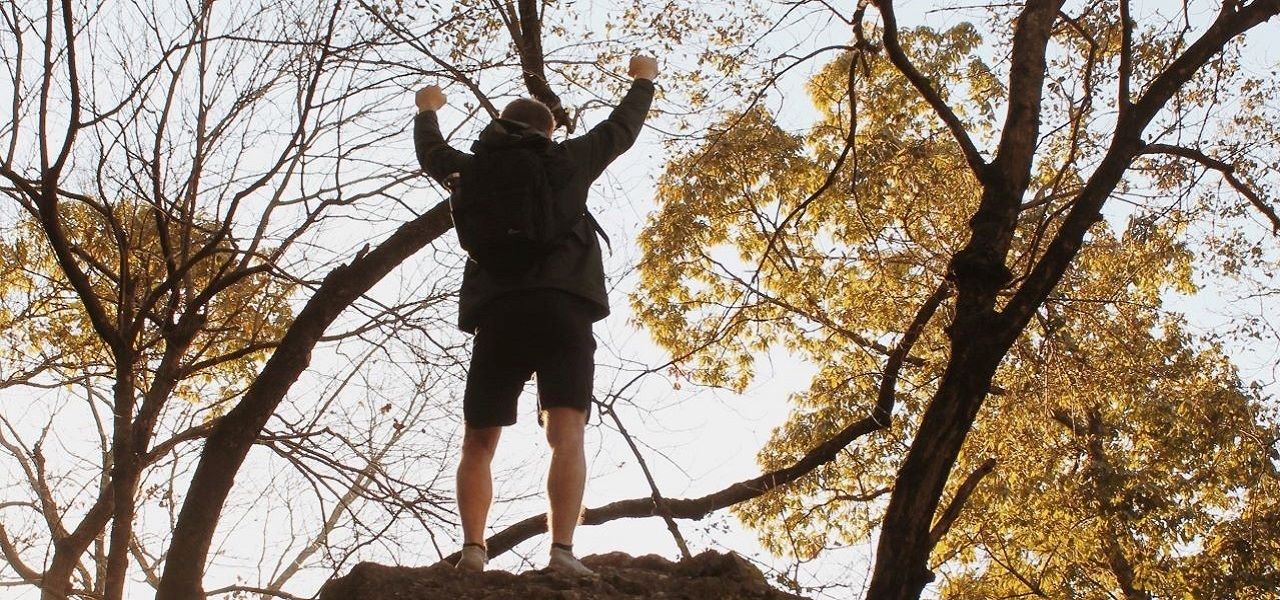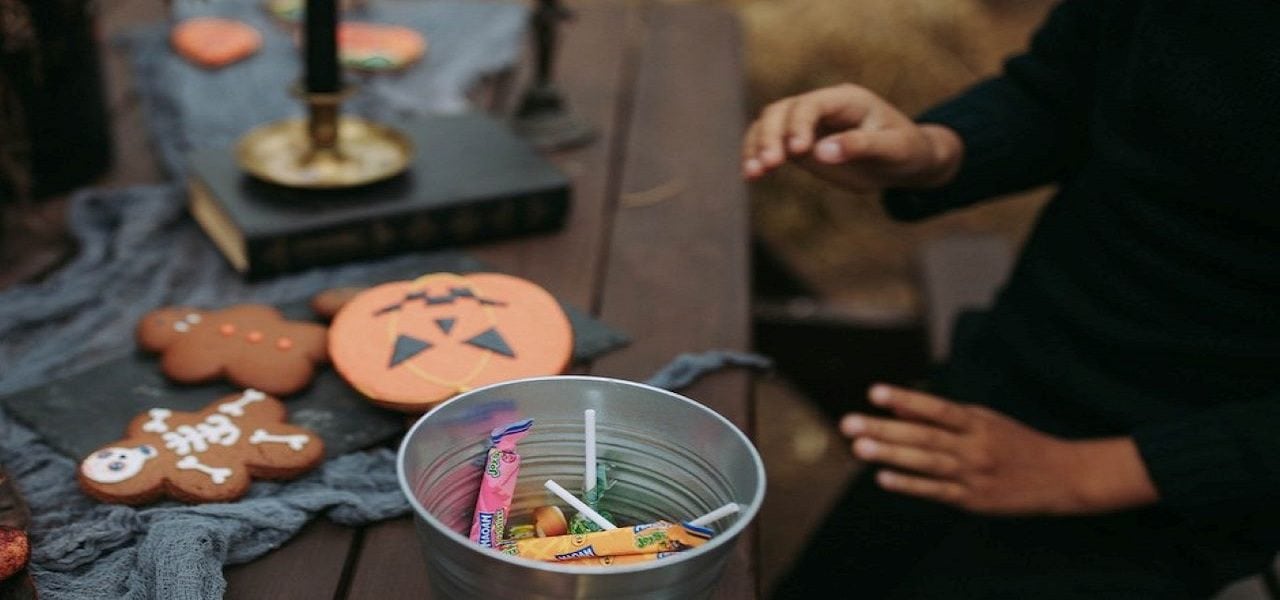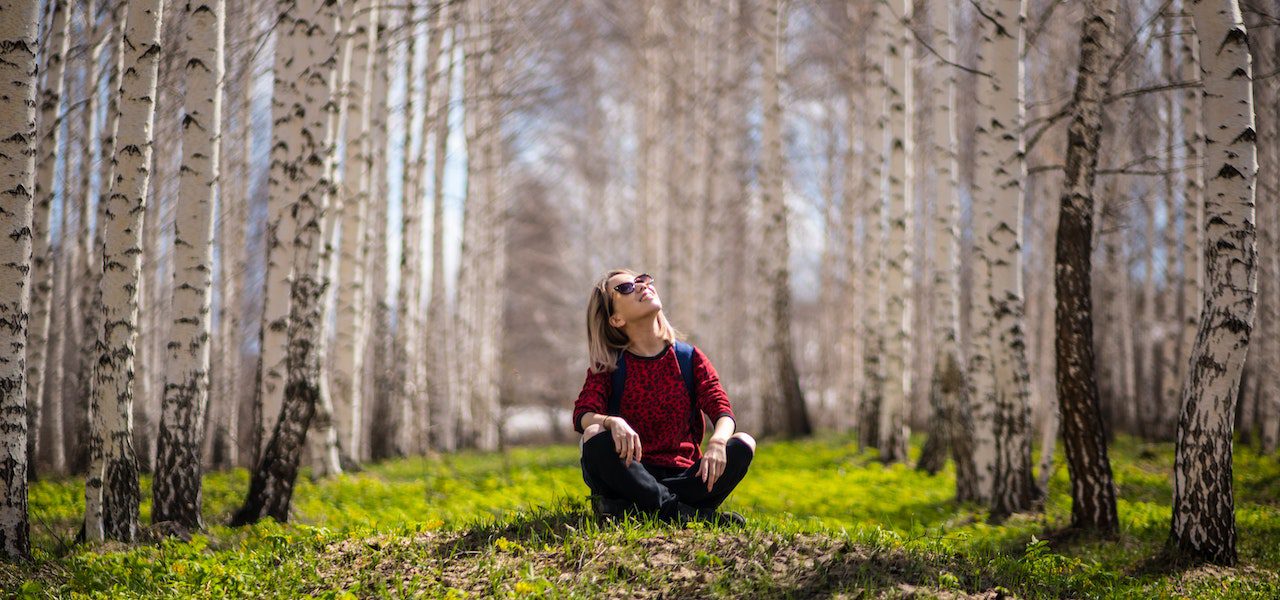There is a saying in the rooms of recovery that it is okay to look at the past, just don’t stare too long.
That little ditty is hard to accept if you were a young person in 2007. If you wore fatigues. Boots. Carried a weapon. Were losing friends.
By the summer of 2007, 59 Canadians had been killed in six years of war in Afghanistan. Over 200 others were injured.
In 2007 alone, 30 lives were taken from units big and small, from the Royal Canadian Regiment and Princess Patricia’s Canadian Light Infantry ranks, to the lesser known, but equally valiant, North Nova Scotia Highlanders or the Fifth Field Ambulance.
That summer, Canadian families were mourning. The Highway to Heroes was named between Trenton, Ont. and Toronto, its pavement too frequently the sight of black hearses carrying flag draped caskets. Times were solemn.
And into that time bubble existed Jon Donovan, a 21-year-old from St. John, NB.
He was one of 40,000 Canadians who served during the conflict. All told, 158 Canadians would have their lives taken in that war, another 2,000 wounded with all sorts of physical and psychological injuries.
It is 15 years later, and Donovan is still processing it all.
He is a man in long term recovery. And while he is a big believer in living mindfully, in the moment, Remembrance Day week is loaded with opportunity to stare backwards. He knows it. He is prepared for it.
Now, at 36, he is a wiry, fit, softspoken man with shoulder length brown hair, standing 5-foot-4. If you have a stereotypical picture in your head of a veteran, he is not it. He looks much more like a university student than a warrior. But he is the owner of an incredible military career, which ran from 2002 to 2019, one as decorated and proudly given to his nation as you will find.
His recovery is not about substance use. It is about Post Traumatic Stress Disorder, much of it stemming from his time in uniform. Like so many Canadians, he has trauma from early childhood, too.
One year down the path from Edgewood Treatment Centre’s Concurrent Trauma and Addiction Program (CTAP), Donovan speaks with the gentle, thoughtful energy that often surrounds those who have discovered the Dharma Recovery approach, a direction to peace of mind and body based mostly on Buddhist principles.
He does not live in the past, nor does he separate trauma into which side you were on. He is acutely aware that though he has medals to show for his service, others have stories as well. Painful memories. Coping behaviors that are harmful to themselves and those around them. Only their medals are worn differently, inside, internalized.
“I think there is a lot of movement now where people talk openly about PTSD and CPTSD (Complex PTSD) and trauma as nearly a universal experience in modern day life. People get sexually violated, they get abused, humiliated in minimum wage jobs, universally, in being babysat in their neighborhoods, in schools, in churches, in careers. This stuff happens,” he says.
“It is a universal experience that connects all of us. I have had to accept in recovery that my trauma is valid, even though I have seen worse things happen on the same tour, on different tours. I have survivor’s guilt. But all traumas are valid. How can it be not valid when it happens to someone who works at a Walmart, or to someone who is a teacher?”
So much for stereotypical ‘we did what we did because our country asked us to’ comments so often a part of the Remembrance Day media buildup.
Donovan will always give you the basics – how he was a signalman, a proud paratrooper who achieved the rank of sergeant by the time he put his beret and rucksack down for the final time in 2019.
“I am the guy who carries around what is usually a very heavy radio, with a lot of batteries. So, 25 pounds of radio plus you throw in batteries, and there goes like 55 pounds of your ruck sack before you get anything else in there,” he says. “When I was jumping, I was five-foot-4 and weighed about 130 pounds. The times they put me on the scale I was tipping in at 300 pounds with equipment to go and jump.”
He was often tasked with battle tracking, knowing exactly where the friendly forces are, where the enemy are and where neutral parties are, he says. Providing satellite and radio and data communications and systems to units and commanders.
“In the field I am walking around behind a company commander, just being the legs for his radio and relaying information when he can’t answer.”
Based in Petawawa for eight years, he earned his White Leaf jump wings including jumps in Poland, Germany, Latvia and even Australia. He has 39 static line jumps to his credit.
Basics are nice for context, but it is nuance, what he doesn’t say, that makes for pause. As a signalman, he had a front row seat to calamity after calamity.
Five tours around the world including a double dip in Afghanistan. At least two dozen smaller deployments. Alert. The Artic. Haiti in 2010 in the earthquake apocalypse that killed an estimated 220,000 people.
“I knew I had PTSD, I just never had it diagnosed while I was in because the very real perception was, in 2007 when I got back from my second tour (of Afghanistan), I was seeing people who were struggling openly, and they were gone (released) within like a year. So, I buttoned it up and kept that down.”
His journey to recovery began in 2013, when he was trying to get help for chronic physical health issues.
“I could no longer work out and maintain the energy levels to do my job because of inflammation and a lack of nutrient absorption. I couldn’t function. I didn’t want to be medically released,” he recalls. “I eventually went to see a specialist who recommended things to me, and I educated myself and tried to look after my body, my mind, so that it could go in remission, and I could actually do a reasonable day’s work and not be in so much pain that I couldn’t actually lift stuff.”
His new approach was no mere habit. It became obsessive. Compulsive. Go-go-go.
“If I had time off, I spent almost all my time on recovery. Balancing, doing yoga, doing breathing, eating well, going to sleep early. I didn’t hang out and do fun stuff on my time off for the most part because it was all about maintaining the machine. I went on for like nine more years like that where I only looked after myself to maintain the machine to be effective.”
Oh sure, physically he rebounded incredibly, so much so he was able to become a paratrooper and earn his wings. On the outside his career was back on track.
Though he tried to stay ahead of them with his new approach to fitness, his inner voices were bashing him around. He had been addicted to technology, obsessed with news gathering, internet streaming. He had monumental nightmares, reactivity, hyper vigilance, fear, and terror. Trouble sleeping. A marriage came and went. Several relationships blown up. Again, and again.
Then one day in 2013, most likely related to his new physical approach, it changed.
“I had wanted to die every day for five years and then I woke up one day and I didn’t. I realized that (shift) had actually occurred and I had never acknowledged it. I had done a lot of really good biological things for myself, and some really good career and social things occurred for me at the same time. They allowed me to get well enough that I stopped wanting to chase death. I wanted to enjoy life.”
Donovan got out of the military in Ottawa in 2019. Like many veterans, he discovered the transition was much more difficult than he had planned.
“I didn’t know how to look after myself. I was ashamed and couldn’t ask for help. So, while I waited for my pension payout, I worked at a civilian company and lived off and on in the woods or in their warehouse until I got somewhat of an intervention with the owners and the employees, who were very concerned when they realized what was going on. To me it seemed very normal for someone’s life to implode and to just live at work until you got back on your feet. Apparently, that is not how human beings operate. I have just seen it hundreds of times, so, it was literally normalized.”
Soon he took a job as a coffee shop manager, working seven days a week being the go-to guy. He was also taking a Business Management and Human Resources course at an Ottawa College. A human doing, not a human being. Go-go-go.
“Many times, people came to me concerned and I dismissed, or tried to convince them that I was okay, or I minimized or deflected or whatever I could do. I didn’t realize I wasn’t okay.”
Veterans Affairs Canada was helping him get his education, trying to help his through his transition to civilian life. It was a bumpy ride and his mental health issues were becoming noticeable to those around him.
“A VAC case manager brought it up. Civilians I worked with brought it up and the girl that I was seeing brought it up. They all tried to make sure that I did not feel shame over it and that I could ask for help, and I was like, oh I am messed up, but I am good. I got this. But I agreed to start down that rabbit hole.”
“As I opened up things and got deeper into there, I thought I was making progress, but I was kind of like on a treadmill staring at it. I finally agreed to do therapy because I knew that I was continuing to be triggered.”
Along the path came many moments of clarity.
“In August 2021, Afghanistan collapsed, along with my psyche. That is when I realized I couldn’t spend a moment by myself. I had to use every second to try and distract myself to just not go into a dark place.”
By November he had agreed to come to Nanaimo, into Edgewood’s CTAP program. What he learned there, the changes he made there, the people he met there, had such a profound impact on him that he moved to the Island to be close to the recovery community. He was introduced to Dharma Recovery and is fully committed to his own growth, inside and out.
Asked what his definition of recovery is, Donovan is prepared to talk. From the head, and from the heart. Balanced. Grounded. Congruent.
“It is having a good daily routine. One that has self-care in it, weekly active growth, and connection. I am active in the Recovery Dharma community, and I do daily twice a day meditation, journaling, reflection. I try to follow good self-care techniques every single day. And I spend some time once a week going over some reflections on how I am doing, checking in with my body. And it is also being active in therapy and in some form of personal growth. I go to bed really early, so I am looking after my biology by trying not to push myself too far.”
No pushing is required when it comes to Remembrance Day.
Donovan will muster at a Nanaimo cenotaph on November 11, in full dress uniform. He will answer any questions that come, about his time in, about his experiences. He is willing to explain what really went on, to bring people closer to unity. To the truth. How we all need each other.
“I think it is very much about the opportunity for the regular public to share and understand at a human level, and I do like talking to people on Remembrance Day. It is really nice. They are not coming with really heavily loaded questions, but they’re asking me about my experience. What I am comfortable in sharing. I find that really respectful and humanizing. I don’t like being offered like a free coffee or something when someone doesn’t know me. It comes off as very disingenuous. Also separating. But I like it when people want to know my human experience,” he says.
As a man in long term recovery, Donovan knows how important curiosity and education can be in the healing paradigm.
“People have an idea about who you are, what you have done, and what your service or your life means to them. They don’t actually know what that is. And it doesn’t have anything to do with people not having a good education or understanding, I think it has very much to do with a toxic idea that many have fostered in the veteran community, that we belong on a pedestal. And we don’t. Because it separates us from the rest of society. I believe that is alienating. I believe that is one of the reasons I ended up homeless. I ended up unable to ask for help a bunch of times and almost took my own life because I did not feel connected to the rest of society. So, I think that is a mistake. We shouldn’t be separated.”
In the end, Donovan remembers why he joined.
“I am from a big military family. Every aunt and uncle had been in the service on all sides, my grandfathers had been in the military as well, so it was very predestined. My dad is ex-navy, and he works now for coast guard.”
Unable to resist the storied army-navy rivalry, the soldier’s eyes twinkle.
“He was the only one in his family that didn’t join the army.”
Looking back, he is happy today, proud of where he is in his recovery, and in relationship to his past and present.
“I was always proud of my service. There was a time when I was delving into the trauma, especially the career-based trauma, I didn’t really want to look at it for a time because it was triggering. But I never lost respect for my service or the service of others.”
“If institutionally mistakes are made, I can’t hold myself responsible for what goes on with the institution, the government or policy. I just do the things that I am told to do to the best of my ability. I am very proud. I have made a lot of good impact on the world. I know a lot of people who have.”
“I wanted to protect people and make life safer, more stable, and protect my community and country. I knew that going in, yes.”
Today, the warrior in him allows himself to offer a little advice for others pondering the CTAP program offered by the Edgewood Health Network.
“Absolutely go. Start the hard stuff as early as you can. Make sure you make a plan to continue on the best parts that worked for you in your daily life afterwards. I wouldn’t be where I am without it.”



